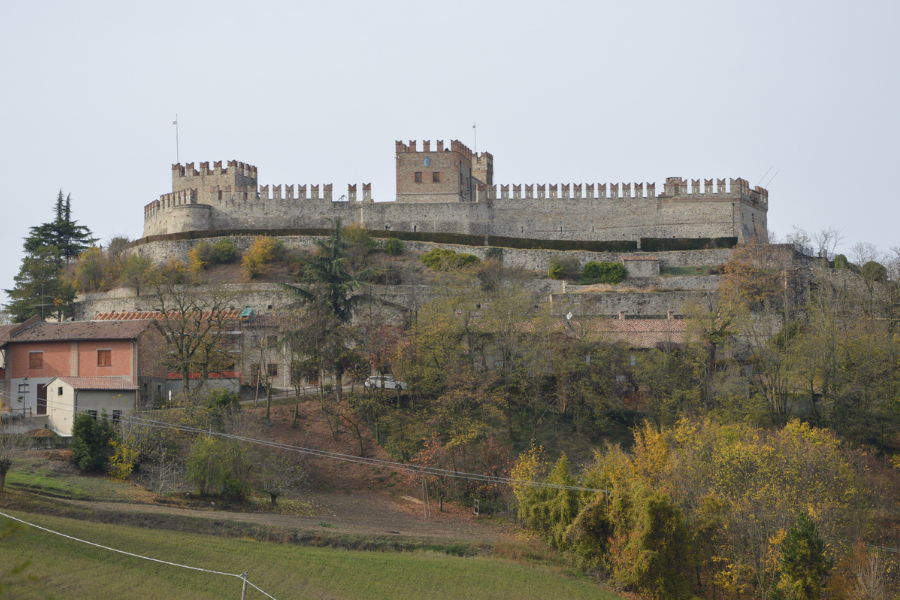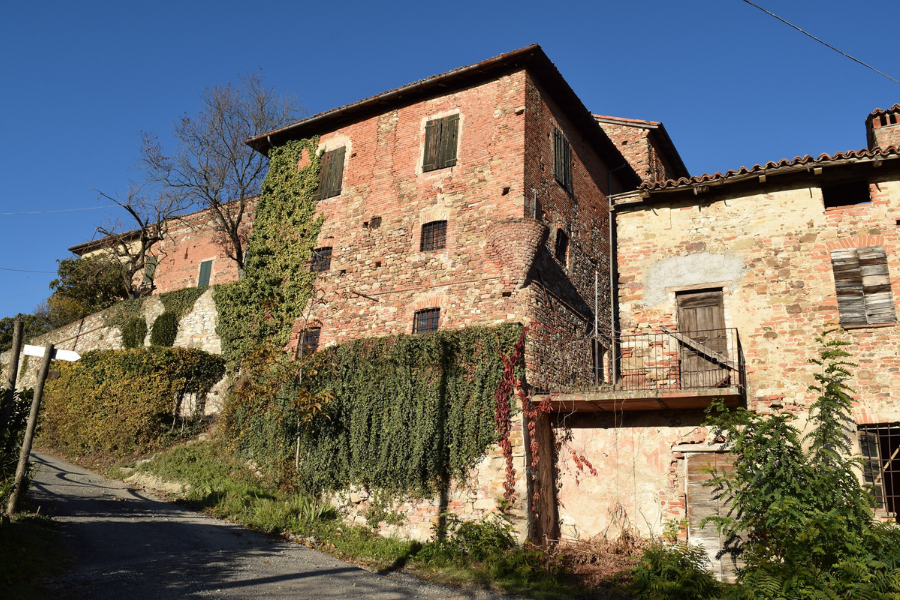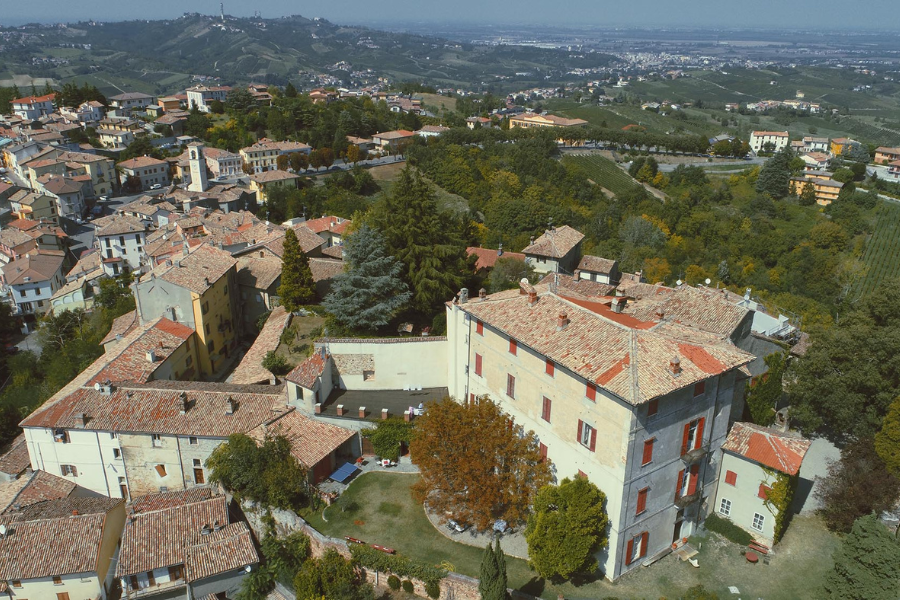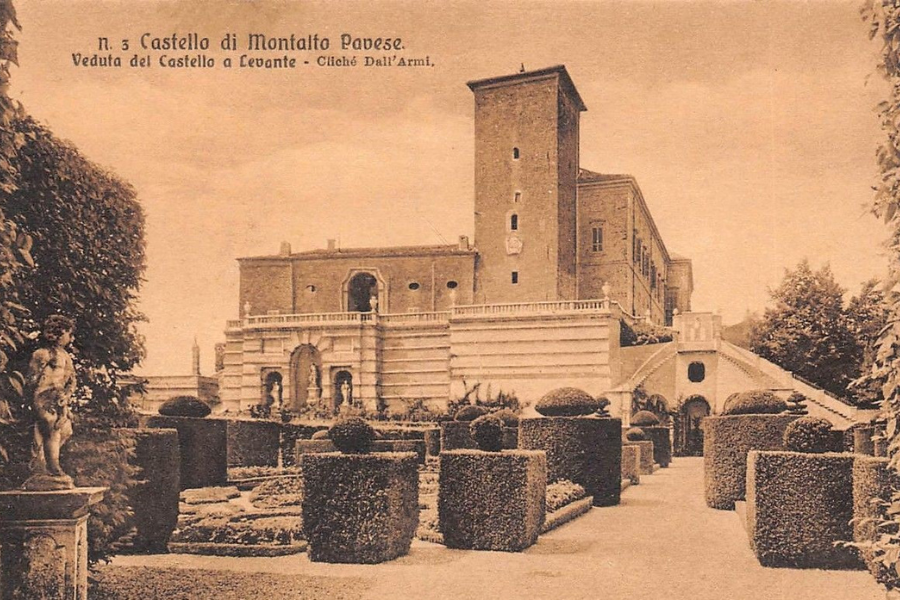The castle of Montesegale: between medieval history and contemporary art

Situated in a dominant position over the town of Montesegale, in the Oltrepò Pavese area, the castle stands on a rise that has ensured a defensive and strategic function over time. The fortification was owned by the Gambarana Counts, one of the most influential families in the area, who retained ownership until the extinction of the lineage.
History of battles and dominations
In 1415 it was conquered by the Count of Carmagnola, in the service of the Visconti family, who were fighting against the local lords of Montesegale. However, the fortress returned to the Gambarana family and remained so for centuries. Only towards the end of the 19th century did it first pass to the Belcredi family and, in 1918, it was purchased by the Gambarotta family.
Structure and architectural features
The castle, built in the 14th century, has undergone alterations over time but still retains its original medieval imprint. The oldest part is located in thesouth wing, with a stronghold and a tower on a rampart rampart. The entire complex is enclosed by a fortified wall with square towers and battlements, and appears as an articulated union of courtyards and buildings.
Most of the transformations are due to Count Senator Andrea Gambarana, who promoted significant structural changes, strengthening the manor’s current layout.
A castle of contemporary art
Today, the castle of Montesegale is not only a place of memory, but also houses the Museum of Contemporary Art. Its rooms host temporary exhibitions, shows and cultural events throughout the year, particularly during the San Damiano festival. This link between history and art makes the castle one of the symbolic places of the Ardivestra valley and the entire Oltrepò Pavese area.

 Save your favorite events
Save your favorite events









